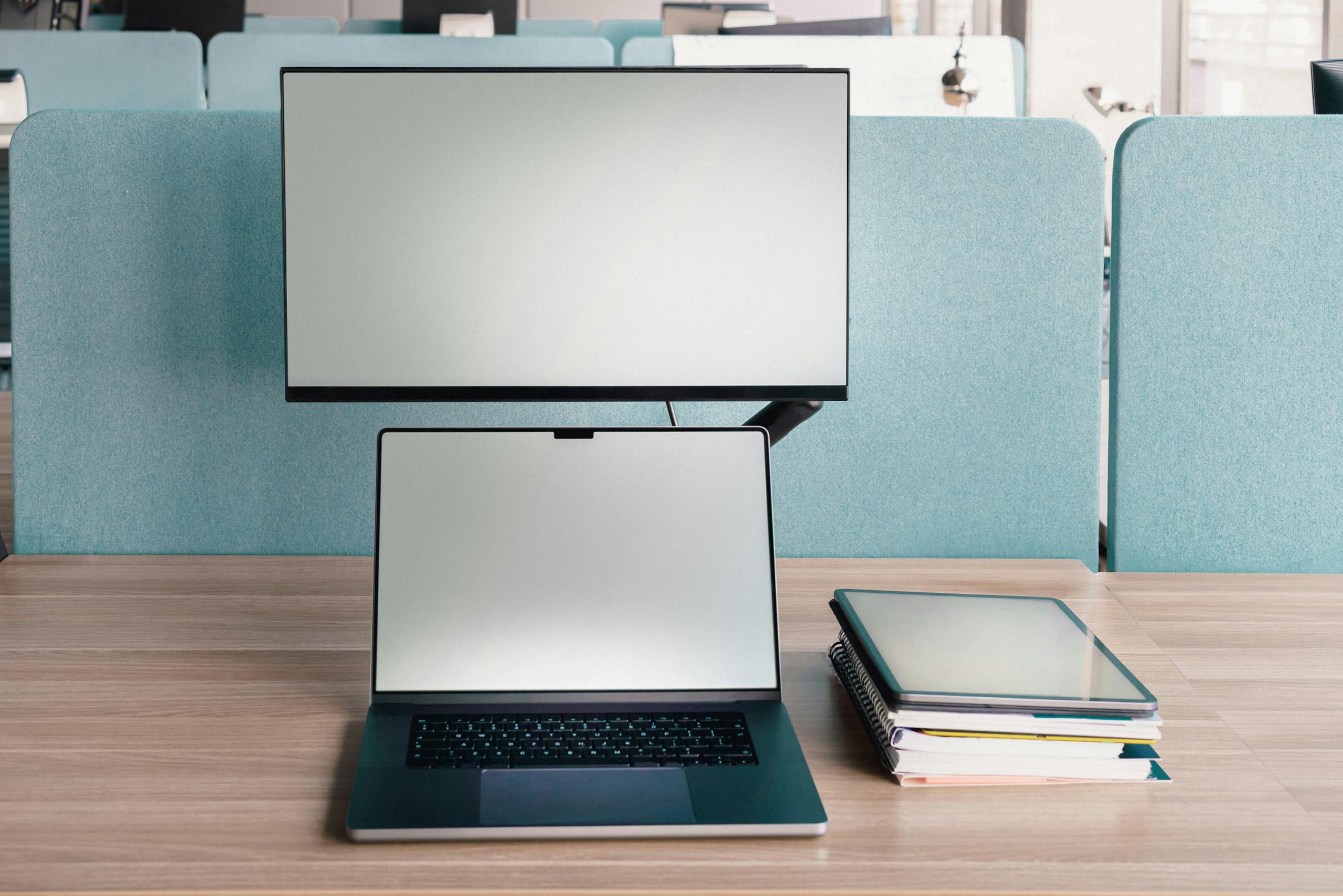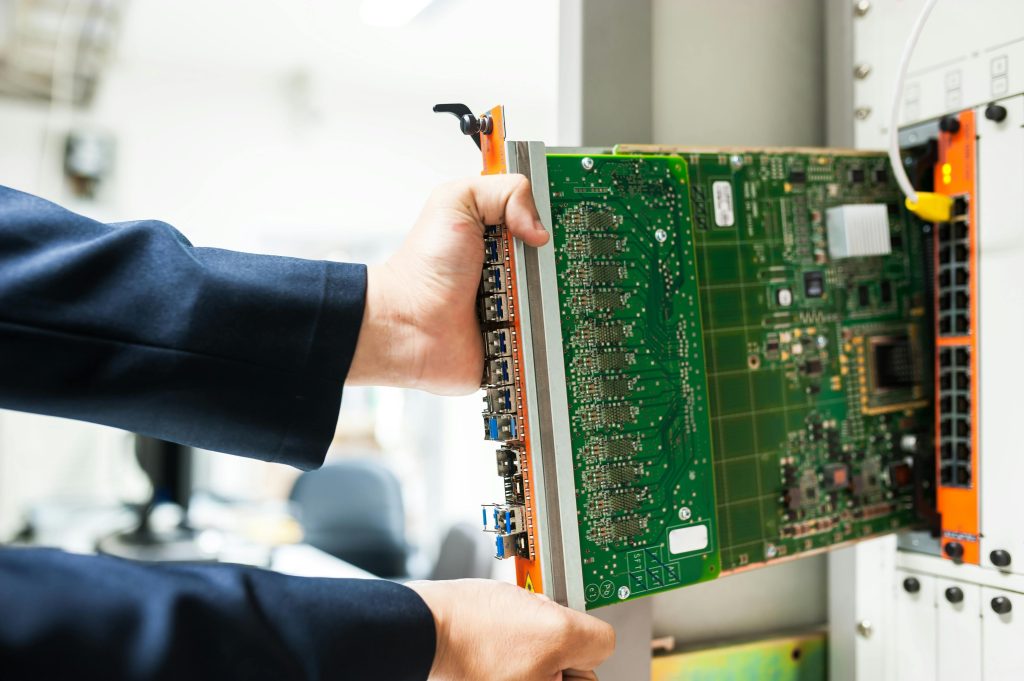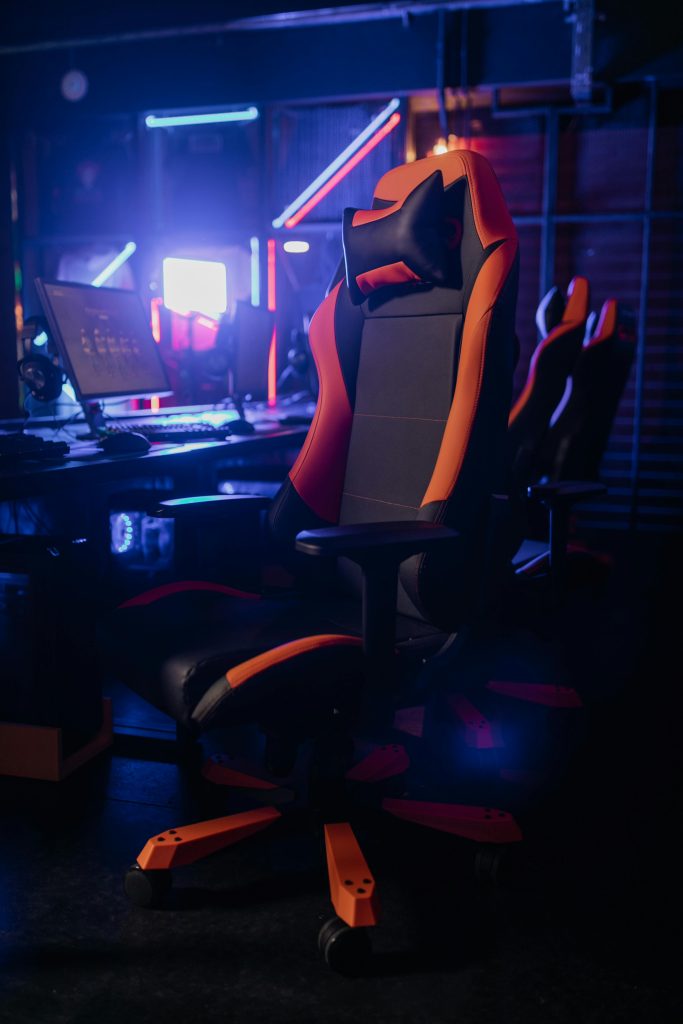Troubleshooting Guide: Resolving a Black Screen and No External Display Connection
Are you experiencing a situation where your PC powers on, but the screen remains blank, and external monitors are not recognizing your device? This common issue can be caused by various hardware or software problems. Here’s a comprehensive guide to help you diagnose and resolve the problem effectively.
Understanding the Issue
Initially, your built-in display was malfunctioning, yet you could connect an external monitor via HDMI to continue using your PC. However, after attempting to reinstall your graphics drivers, the external display no longer detects your computer, and your screen remains blank despite the system powering on with active fans and LED indicators.
Potential Causes
- Corrupted or incompatible graphics driver installation
- Hardware connection issues
- Faulty or failing graphics hardware
- Display configuration settings
- BIOS or UEFI misconfigurations
Step-by-Step Troubleshooting
- Verify Hardware Connections
- Ensure all cables connecting your monitor and PC are secure.
- Test with different HDMI or DisplayPort cables.
-
If possible, try connecting to a different external monitor or TV to rule out display issues.
-
Perform a Hard Reboot
- Power down your computer completely.
- Unplug all peripherals.
- Press and hold the power button for 10-15 seconds to drain residual power.
-
Reconnect the power and monitor, then turn on the system.
-
Check Display Output Settings
- Use keyboard shortcuts (e.g., Windows + P) to cycle through display modes—Duplicate, Extend, etc.
-
Confirm if the external monitor is set as the primary display or if the output is directed to the correct port.
-
Boot into Safe Mode
- Power on your PC and interrupt the startup process (e.g., press and hold the power button during boot) to access recovery options.
- Navigate to Advanced Startup > Troubleshoot > Advanced options > Startup Settings > Restart.
- Select “Enable Safe Mode” or “Enable Safe Mode with Networking.”
-
In Safe Mode, the system loads with minimal drivers, which can help in diagnosing driver issues.
-
Reinstall Graphics Drivers
- Once in Safe Mode, access Device Manager:
- Right-click the Start button and select Device Manager.
- Locate your display adapters.
- Right-click and choose “Uninstall device.”
- Restart your PC and let Windows attempt
Share this content:



